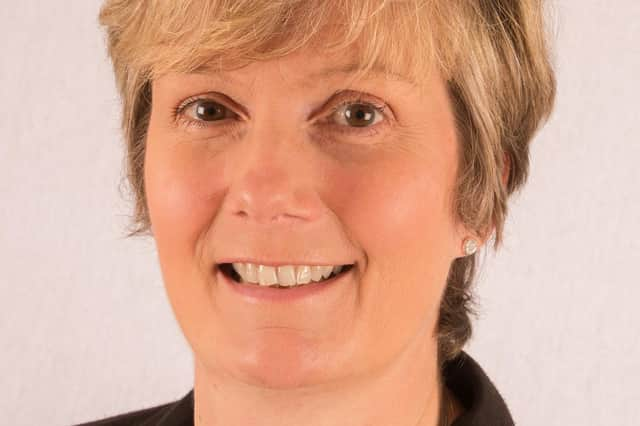Let’s make best use of electric freight locomotives - Maggie Simpson


The inclusion of a rail freight interchange in the list of schemes is a welcome development and testament to the green credentials of rail freight. The Mossend International Railfreight Park is a £260m development which expands the existing rail site to provide an additional 2.2m square ft of space for low carbon logistics. Most importantly, the site can be reached by fully electrified rail freight services from the West Coast Main Line. Speaking at the launch, David Stirling, Director of Mossend International Railfreight Park operator Peter D Stirling Ltd, said: “We are fully supportive of the Scottish Government’s target to achieve net zero emissions by 2045 and indeed are contributing to this by providing Scotland’s largest zero-carbon, multi-modal rail freight park. The Green Investment Portfolio is a valuable tool to help us reach out to global investors.”
Making more use of electric freight locomotives is a key ambition for rail freight operators, ahead of the 2035 decarbonisation target in Scotland and the 2050 date set by UK Government. But presently, only a small proportion of traffic across the UK is electrically hauled, because not enough parts of the network have overhead wires. Scottish Government’s recent Rail Services Decarbonisation Action Plan sets out an ambitious programme to electrify more routes, including for freight services, and Network Rail have recently published their own strategy for decarbonisation, which recommends extensive electrification to decarbonise rail transport by 2050.
Advertisement
Hide AdAdvertisement
Hide AdHowever, the publication of plans will not be enough without real action and investment. Both in Scotland and in England and Wales, Governments need to commit to green investment on the railways and do so quickly if deadlines are to be met.
That investment also needs to be co-ordinated. Rail freight flows to Mossend, and elsewhere, will often start in England and, aside from journeys on the West Coast Main Line, must use diesel haulage. Even though the East Coast Main Line is electrified, the power supply is insufficient for all the services using the route, and even the planned upgrade in 2022 does not include freight. Equally, the links to ports such as Teesport are not equipped with overhead wires, despite only being a few miles from the mainline. Scottish ambitions are thus frustrated by a lack of investment in south of the border, yet it would not take much to convert even more trains to electric haulage. This clash of priorities will need to be addressed.
Rail freight is already making a significant contribution to carbon reduction, and as the launch last week showed, is ripe for investment to provide low carbon logistics. The right backing, both in support and infrastructure, is now necessary to continue that success.
Maggie Simpson, Director General, Rail Freight Group
Comments
Want to join the conversation? Please or to comment on this article.